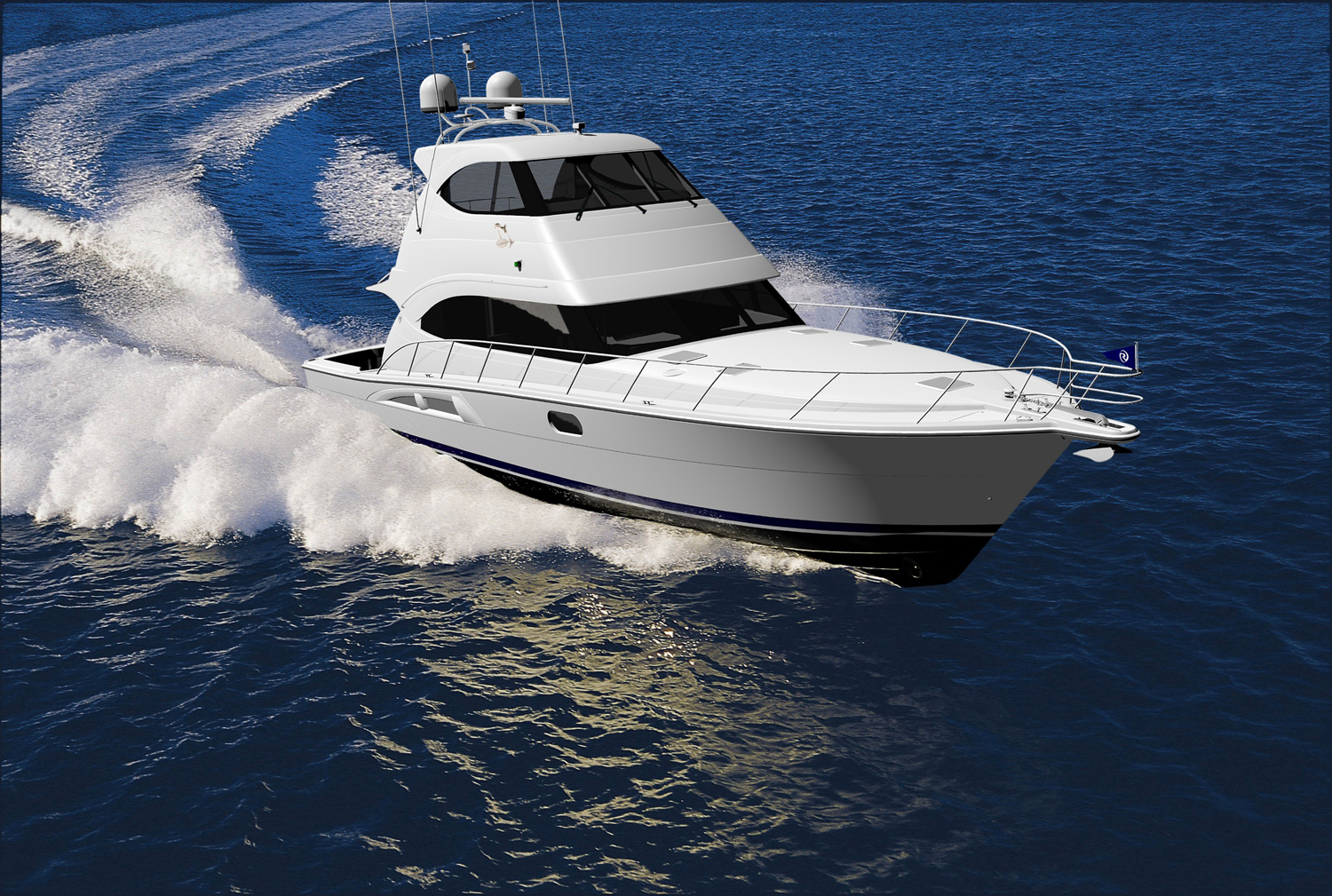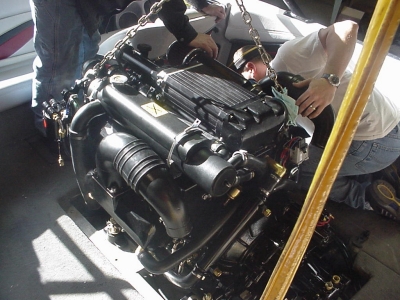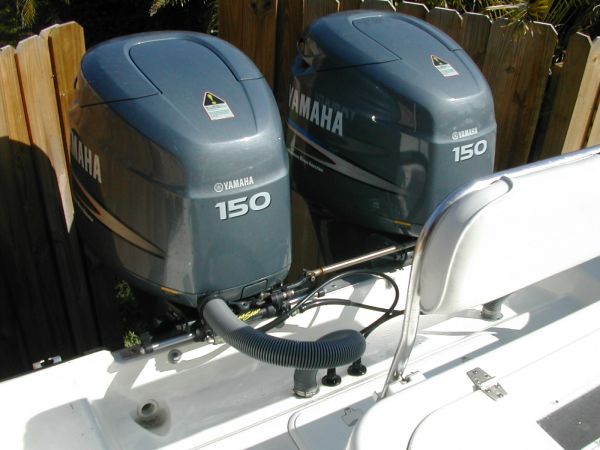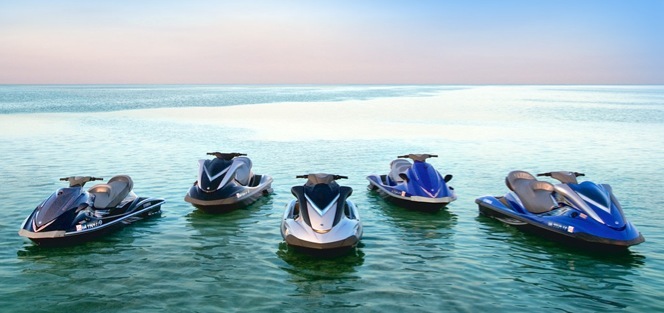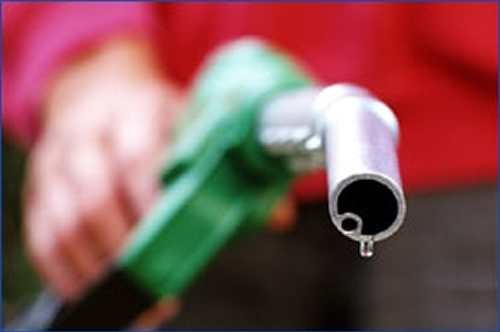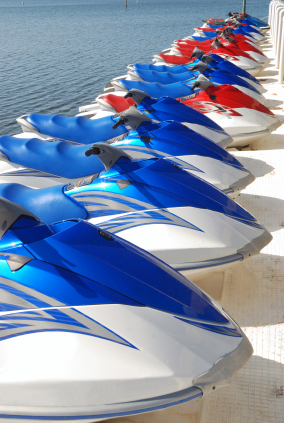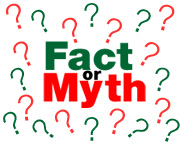Choosing the Right Brand of Outboard Motor Oil
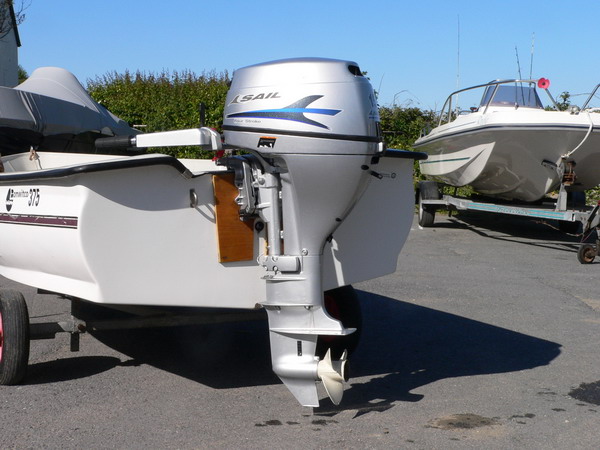
When it comes to outboard motor oil, not all brands are created equal. Provided the outboard motor oil is TC-W3 certified, the difference between Brand A and Brand B is most often the special additives which are unique to each brand. Most engine manufacturers have their own exclusive brand of outboard motor oil, which contains those additives that work best with their engine. However, a lot of the additives are the same. For example, most if not all outboard motor oil contains an additive that reduces and prevents water condensation in the fuel tank. If a boat owner were to use standard automotive oil in their outboard, it would work fine for a short time, but then the condensation in the fuel tank would start to contaminate the fuel, and the engine would begin to have trouble starting.
It’s important to choose the right outboard motor oil for the engine. For those who want to be safe, just purchase the manufacturer brand, or a brand recommended by the manufacturer. However, using a brand not recommended by the manufacturer won’t affect the manufacturer warranty in most cases, unless that brand is not TC-W3 certified. It’s also a good idea to purchase bulk outboard motor oil from the preferred brand, as this can save a lot on expenses over time.


